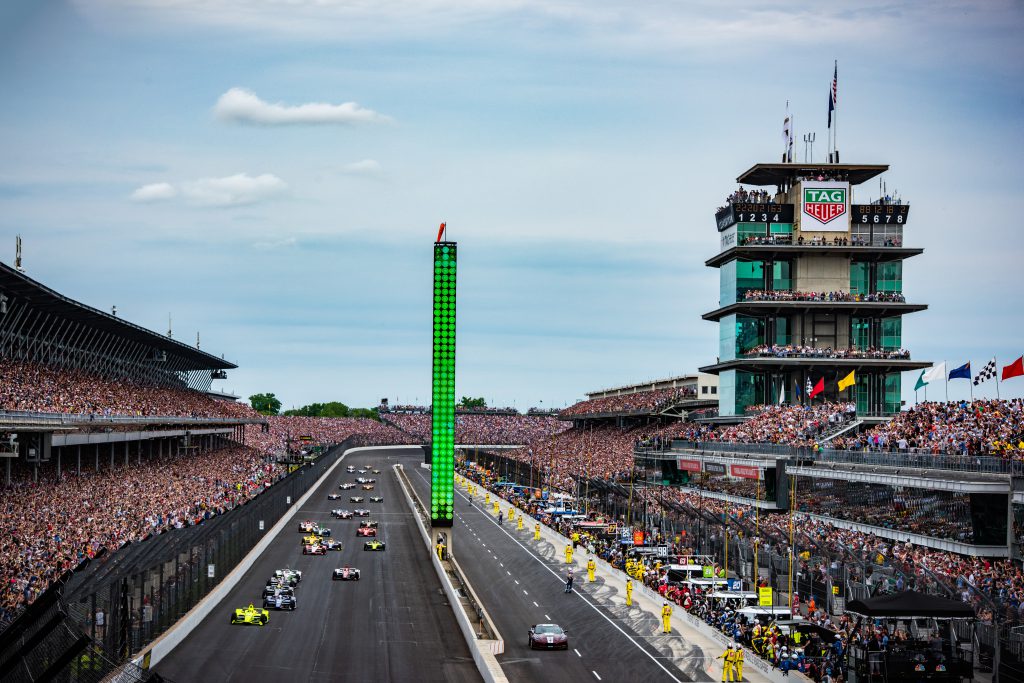Since as far back as 1934, the Indianapolis 500 has mandated a maximum 33-car grid, with just a couple of minor exceptions, in 1979 and 1997 (you can read about that further down the page).
With the championship’s full-season entry usually in the 20s, that means annual intrigue over which teams will expand to extra cars for Indy or which one-off entrants will appear for the big race.
However, the coronavirus has hit smaller teams hard in 2020, creating a huge challenge to find the extra sponsorship dollars to fund switching the 2019 chassis over to have an aeroscreen, fund personnel and get the cars ready and shipped to Indianapolis.
The 500 itself hasn’t escaped upheaval, with the event pushed back into August for the first time, and initially stating it would allow fans before surging numbers of coronavirus cases forced the organiser to close the gates to its supporters for their own safety.
There are 23 full-season entries in IndyCar this year. So far, we know at least 30 cars have signalled intent to qualify for this year’s Indy 500 officially. Last year, 36 cars attempted to qualify.
The Indianapolis 500 always has a few late-entries and team just narrowly failing to make the cut. We take a look at the confirmed entries and the ones that could come in between now and when practice starts next week.
What we know so far
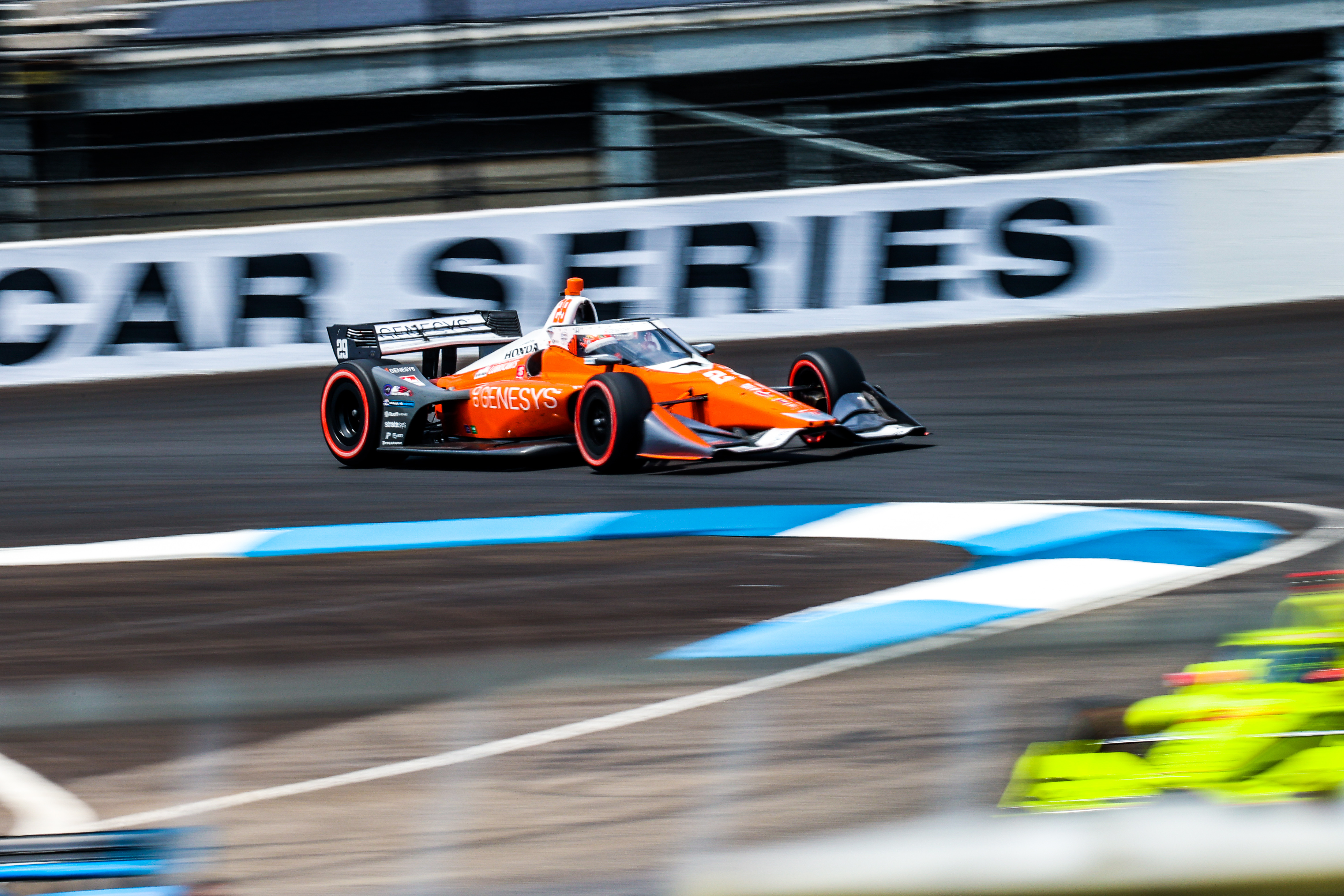
Of the Honda big guns, Chip Ganassi Racing sticks with its regular three-car line-up but Andretti Autosport expands – James Hinchcliffe (pictured above) gets his third and final outing of the season in Andretti’s ranks before he likely returns to TV duties, where he has excelled on his off weekends.
The charging Chevrolet attack will always be led by Penske as long as the squad uses its engines, and it also has a slight change adding a familiar face in Helio Castroneves to its line up for a one-off alongside Josef Newgarden, Simon Pagenaud and Will Power. It will likely be Castroneves’ last IndyCar race with Penske, although he has mooted seeking an entry in the series next year.
His fellow Brazilian Tony Kanaan bolsters AJ Foyt Enterprises’ entry as part of his ‘Last Lap Tour’ contesting the oval races, which is now somewhat of a penultimate lap tour as the 2013 winner (pictured below) confirmed to fans he’d be back at Indianapolis next year thanks to their enforced absence in 2020 – following the recent announcement that the Indy 500 would be spectator-less due to spiking coronavirus numbers.

Another big name – the biggest of the lot really – Fernando Alonso, arrived in the States earlier this week and adds to the Arrow McLaren SP regulars. One of his team-mates – Patricio O’Ward – also failed to qualify with Carlin-fettled machinery last year alongside Alonso, so the pair will be hoping for a better result this time around.
Ed Carpenter has three poles at the Indianapolis 500 and qualified second last year. His eponymous team fields all three of its drivers, with the addition of Conor Daly alongside full-season rookie Rinus VeeKay for the first time in the same race. Carpenter and Daly usually share a car and take ovals and road courses respectively.
Citrone Buhl (run by Rahal Letterman Lanigan) returns for its second ever IndyCar race with Spencer Pigot after impressing on the Indy road course (below) before a mechanical issue ruled him out in July.
In that same race, Dreyer & Reinbold Racing returned to road course action for the first time since 2013, and had a tricky outing with Sage Karam at the wheel. It’s back for Indy as usual – it has done the 500 every year since the team formed in 2000.
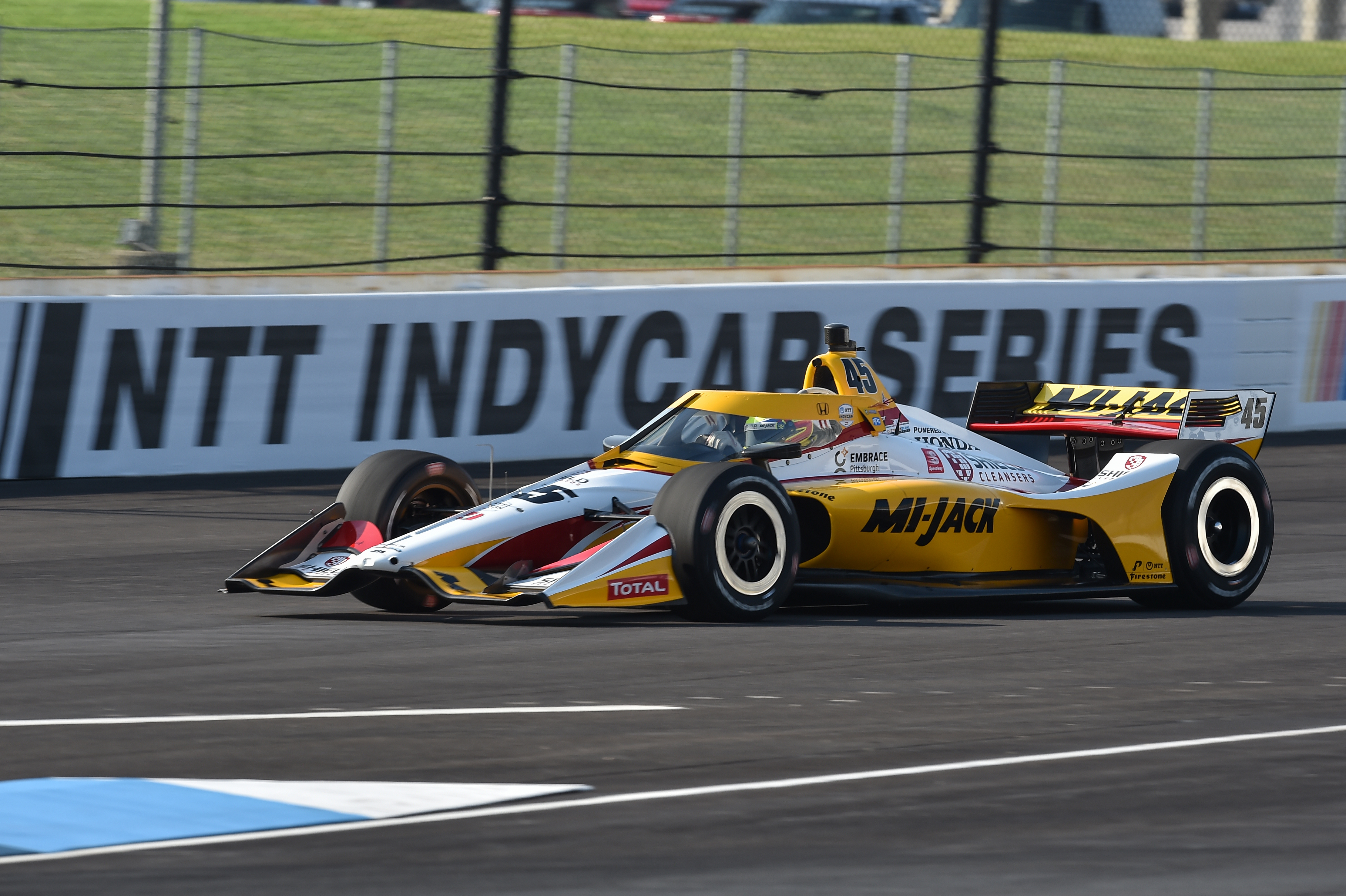
Confirmed entries so far:
AJ Foyt Racing (Chevy)
Tony Kanaan, Dalton Kellett, Charlie Kimball
Andretti Autosport (Honda)
Marco Andretti, Colton Herta, James Hinchcliffe, Ryan Hunter-Reay, Alexander Rossi, Zach Veach
Arrow McLaren SP (Chevy)
Fernando Alonso, Oliver Askew, Pato O’Ward
Carlin Racing (Chevy)
Max Chilton
Citrone Buhl Autosport (Honda)
Spencer Pigot
Chip Ganassi Racing (Honda)
Scott Dixon, Marcus Ericsson, Felix Rosenqvist
Dale Coyne Racing (Honda)
Santino Ferrucci, Alex Palou
Dreyer & Reinbold Racing (Chevy)
Sage Karam
Ed Carpenter Racing (Chevy)
Ed Carpenter, Conor Daly, Rinus VeeKay
Meyer Shank Racing (Honda)
Jack Harvey
Rahal Letterman Lanigan Racing (Honda)
Graham Rahal, Takuma Sato
Team Penske (Chevy)
Helio Castroneves, Simon Pagenaud, Will Power, Josef Newgarden
The remaining question marks
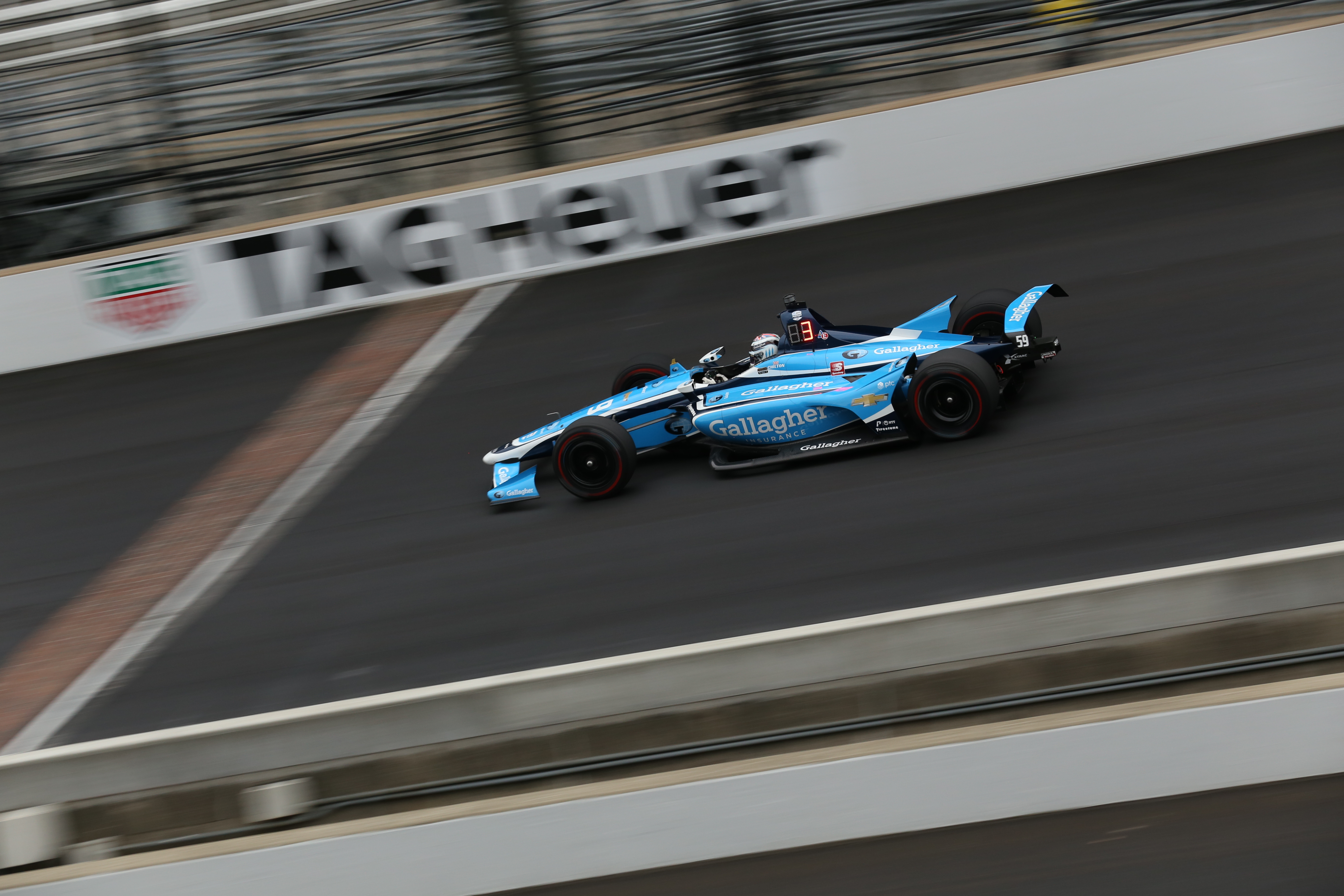
Carlin will not race a second car at Indianapolis, with Max Chilton its sole entry in 2020.
It had entered Felipe Nasr too at the season opener at St Petersburg, but since that was cancelled, the team has struggled to fill its second seat. Conor Daly has impressed in Chilton’s car on the ovals including taking the team’s first pole, at Iowa, but he drives for Ed Carpenter Racing for the big race.
Perhaps putting its eggs in one basket will mean better performance from the Carlin team, which was too stretched in supporting too many entries last minute last year, when three entries it had involvement in (Chilton, O’Ward, Alonso) couldn’t qualify.
JR Hildebrand will return to Dreyer & Reinbold for the Indy 500, having raced for the team the last two seasons at this event. The announcement that he’ll team up with Karam there is just a formality. He’ll make it 31 cars attempting to qualify.
Perhaps the most hotly contested remaining seat is with Dale Coyne Racing. Flashy on the ovals last year with Santino Ferrucci, it has parted with Sebastien Bourdais and now has oval rookie Alex Palou in its second car.
That car was driven by James Davison last year, and he took a strong 12th placed finish. The car was also sponsored by ROKiT, which is rumoured to be confirming a sponsorship deal with an IndyCar team soon. Davison appeared to confirm on Twitter August 6 that he would return and drive the third Coyne entry, mentioning NASCAR regular Rick Ware Racing in that post.
🇺🇸🇺🇸 104th Indianapolis 500 🇺🇸🇺🇸 @dalecoyneracing @rickwareracing @byrdracing @belardiracing #INDYCAR pic.twitter.com/0R96TQKwE8
— James Davison (@JD33Davison) August 6, 2020
Without a seat currently is Oriol Servia. The Spaniard hasn’t missed an Indianapolis 500 since 2010, but his ride in the third Schmidt Peterson (now Arrow McLaren SP) car from last year has been taken by his countryman Alonso.
Servia had been rumoured to be in the running to take the third seat for Coyne, but could instead find a way into the event with the DragonSpeed entry, if he collects enough budget and DragonSpeed can’t raise enough cash on its own.
DragonSpeed impressed last year with its minnow operation, which was without many of its key crew members last year who struggled with visas to visit the States. The mainly sportscar focused outfit has kept key personnel from its 2019 team, with the last piece of the puzzle being driver Ben Hanley. If the team secures enough backing in time for the event it wants Hanley to drive, but it may have to look at a funded driver if team sponsorship doesn’t come off and that could be Servia.
Unlike another pair of outsiders, Dragonspeed’s car at least has the aeroscreen fitted and is ready for 2020 action – which is more than can be said for Juncos.
Mainly known for its Indy Lights successes, Juncos has a car but it’s not ready to go yet. Stefan Wilson raced for the team in the iRacing series earlier this year but is struggling to find the budget – similar to last year for him.
In an interview given to Indycarlatinos.com on August 3, team boss Ricardo Juncos said it is unlikely the team will make it due to needing sponsor support and to finish the chassis in time.
Top Gun Racing was also planning to make its debut this season with RC Enerson driving, but The Race understands it doesn’t have a car yet and will likely struggle to make the 500.
Kyle Kaiser is also understood to be attempting to find a seat.
Possible entries
Dale Coyne Racing (Honda)
TBC – Davison? Servia?
DragonSpeed (Chevy)
TBC – Hanley? Servia?
Dreyer & Reinbold (Chevy)
JR Hildebrand
Top Gun Racing
RC Enerson
That makes it 30 cars confirmed but 31 effectively certain, with question marks of varying degrees over another three. Bump day might, on present indications, feature little bumping.
The significance of the number 33

In total, 46 cars entered the inaugural Indianapolis 500 in 1911, but shortly after that event the circuit ownership and sanctioning body sat down to discuss if that was too many, and if it was safe.
It was deemed that 400 feet between cars was a safe distance, and that’s how the 33 car entry for Indianapolis was born. A 2.5 mile circuit (13,200ft) divided by the 400ft gap, leaves 33. This number changed slightly during significant periods starting with but not limited to the Great Depression.
But since 1934, the 33-car maximum has existed apart from in just two cases.
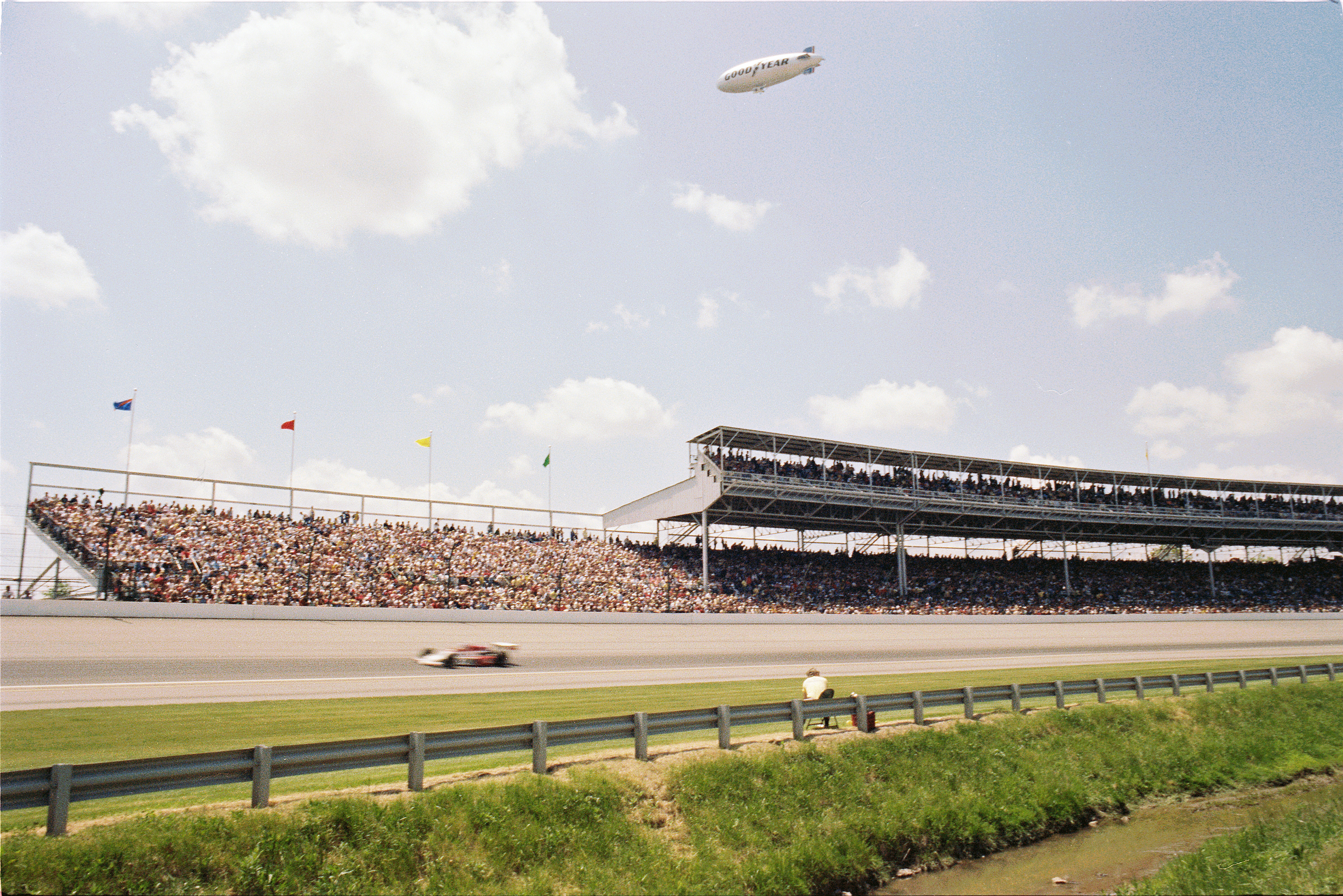
In 1997, Johnny Unser and Lyn St James produced times good enough to qualify in the top 33 but would have failed to take the grid owing to the fact they were not in the top 25 in the series’ points standings – which was a temporary stipulation early in the Indy Racing League vs CART war, and was designed to ensure teams committed to the IRL rounds leading into Indy.
Unser and St James were allowed to start and therefore 35 cars took the green flag, in a race won by Arie Luyendyk.
In 1979 (pictured above) the field was also expanded to 35, to allow entries from Championship Auto Racing Teams (CART) in the year of the original CART/United States Auto Club (USAC) split.
Despite political tension between the two parties, the field was expanded to allow two extra entries. Rick Mears won the race.
The most starters in a race is 42 in 1933, the year before the 33-car maximum was introduced. Louis Meyer won the race along with riding mechanic Lawson Harris.
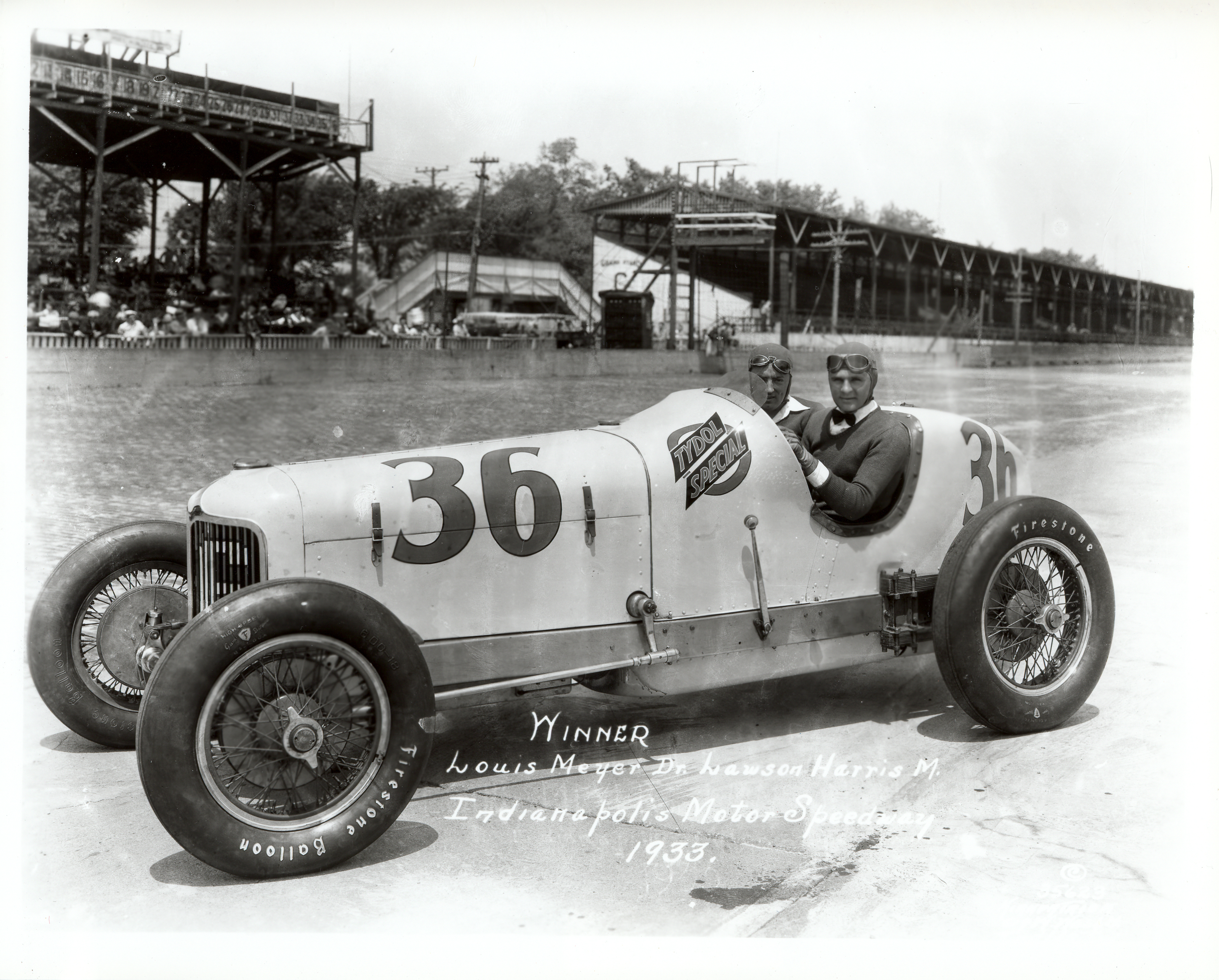
However, in a famous mistake, Will Overhead was deemed to be the winner.
The World Independent newspaper worked close to its deadline to get the report of the biggest race of the year into black and white. However the working copy editor at that time misunderstood a message from the Associated Press that read ‘WILL OVERHEAD INDIANAPOLIS 500 WINNER’.
That meant it would telegraph the name of the winner to be added to the top of the report, in a day where Meyer took four and a half hours to finish. But the copy editor took Will Overhead to be the name of the winner.
The mistake made the paper famous in racing circles and goes down as one of the Indy 500’s best stories.


